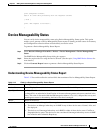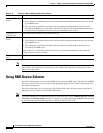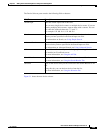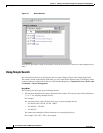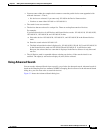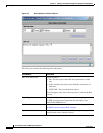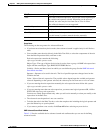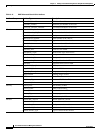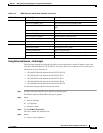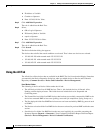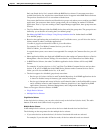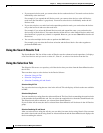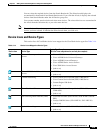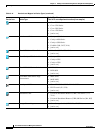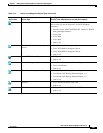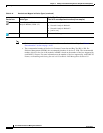
3-75
User Guide for Resource Manager Essentials 4.1
OL-11714-01
Chapter 3 Adding and Troubleshooting Devices Using Device Management
Using RME Device Selector
Using Advanced Search—An Example
The following example describes the procedure for selecting devices whose IP address starts with
192.168 or Network Mask is 255.255.255.0. Also, these devices are assumed to be in Normal state.
The devices in your network are:
• 192.168.101.200 with network mask 255.255.255.128
• 192.168.101.201 with network mask 255.255.255.0
• 192.168.102.251 with network mask 255.255.255.0
• 192.168.102.202 with network mask 255.255.255.19
• 192.168.200.210 with network mask 255.255.255.128
Use the following procedure for Advanced search:
Step 1 Click the Advanced Search icon in the Device Selector pane.
The Define Advanced Search Rule dialog box appears.
Step 2 Select,
a. State as Variable
b. = as Operator
c. Normal as Value
Step 3 Click Add Rule Expression.
The rule is added into the Rule Text.
Step 4 Select,
a. And as Logical Operator
Processor Processor.Model_Name Name of the model.
Processor.NVRAM_Size Size of the processor NVRAM in MB.
Processor.NVRAM_Used Size of the processor NVRAM that has been utilized, in
MB.
Processor.Port_Count Total port count of the processor
Processor.RAM_Size Size of the processor RAM in MB.
Processor.Serial_Number Serial number of the processor.
Processor.Vendor_Type Type of vendor for the processor.
State State RME device state such as Normal, Alias, etc.
System System.Contact Device contact person name.
System.Description Description of the system.
System.DomainName Device domain name.
System.Location Device location information.
System.SystemOID System Object ID of the device (sysObjectID).
Table 3-13 RME Advanced Search Rule Attribute (continued)
Attribute Group Attribute Type Description



